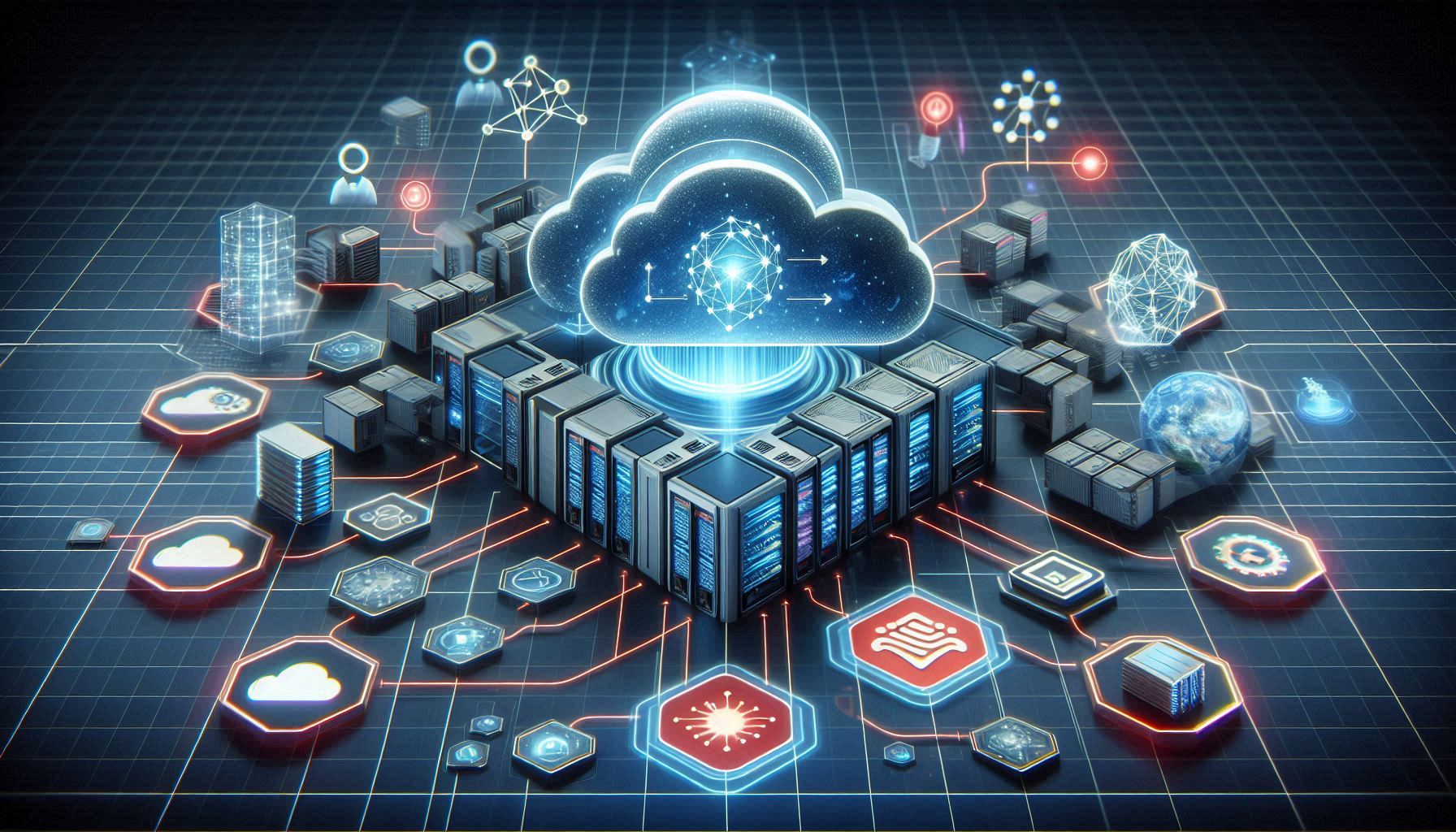
Dell Technologies Inc. today announced updates to its private cloud, storage and cyber resilience products, designed to help enterprises manage both modern and legacy workloads more efficiently while maintaining security and flexibility.
The announcements span the Dell Automation Platform, Dell Private Cloud, NativeEdge edge infrastructure and storage platforms, including PowerStore, PowerFlex and PowerMax. New features include artificial intelligence-powered automation, disaggregated architectures for greater scalability and expanded cyber resilience capabilities across data centers and edge environments.
Organizations are facing growing demands to modernize infrastructure without sacrificing compatibility with existing systems, said Varun Chhabra, senior vice president of infrastructure and telecom marketing at Dell.
“Modern businesses have a variety of workloads from legacy systems to applications at the edge or AI in the data center,” Chhabra said. “These require a flexible approach to be able to manage differences in locations, application types and traditional versus modern architectures.”
Disaggregated private cloud
Dell positioned the initiatives as supporting a disaggregated architecture, in which computing, memory, storage and networking are decoupled from one another and managed by software. The company said this approach is superior to three-tier architectures and hyperconverged infrastructure, both of which impose tradeoffs among simplicity, flexibility and scalability.
“Three-tier architecture was built to be extremely flexible, but it can get complex because it is often multivendor,” Chhabra said. “Hyperconverged infrastructure was engineered for simplicity, but the flip side was inflexibility that ties resource scaling to specific workloads, so you can’t easily scale your compute and storage independently.”
Dell said its disaggregated model combines the simplicity of appliance-based components with the open, software-driven automation of modular architectures. Customers can independently scale resources and switch hypervisors or cloud management platforms without having to replace underlying hardware.
Automated deployment
The Dell Automation Platform underpins this approach with a unified portal for deploying workloads, integrating third-party applications and managing infrastructure across data centers and edge environments. It supports zero-touch onboarding, AI-driven observability and a choice of cloud or on-premises deployment models.
The Dell Private Cloud, built on a disaggregated model, enables organizations to deploy private cloud stacks with their preferred operating systems while retaining the option to change hypervisors later.
“Organizations can deploy a specific private cloud operating system or hypervisor solution as they choose and then later re-image the hardware and deploy a completely different hypervisor solution,” Chhabra said. “They can do that with the existing hardware and the automation platform capabilities.”
Dell NativeEdge, a software platform that supports central management of edge operations, extends these capabilities to distributed environments. Dell said IT organizations can deploy workloads, including AI applications, to thousands of remote locations with centralized control, zero-trust security and one-touch provisioning. Chhabra said customers experience over 60% time savings when automating edge infrastructure deployments using NativeEdge and the Dell Automation Platform together.
Storage upgrades
Dell introduced new hardware and software for its PowerStore platform, including the Quad-Level-Cell-based PowerStore 5200Q array. QLC is a type of high-density flash memory optimized for reads. The platform now supports Nutanix Inc.’s Cloud Platform, enabling Dell storage to be managed by Nutanix Prism in hybrid and multicloud deployments.
Dell also added AI-driven anomaly detection and automated issue remediation capabilities, which it said can cut resolution times by up to 90%.
“PowerStore can now detect issues automatically and resolve them with customer approval in an automated fashion,” Chhabra said. Users also have the option of guided manual recovery.
Dell’s PowerFlex software-defined storage is getting a new Scalable Availability Engine designed for large-scale storage deployments. SAE uses distributed erasure coding to deliver up to 80% storage efficiency improvements and “10 9s” data availability while maintaining performance for mission-critical workloads, Dell claimed.
On the high-end storage front, updates to the company’s PowerMax Non-Volatile Memory Express-based arrays introduce support for QLC drives, automated replication features and claimed performance improvements of up to 25%. Users can now also implement single sign-on via Microsoft Corp.’s Entra ID cloud-based identity and access management service and receive encrypted email alerts.
Chhabra said the PowerMax enhancements reduce the number of steps required for Symmetrix Remote Data Facility conversions by two-thirds, enable zero-touch installation and support one-click software updates in under six seconds.
Better data protection
Dell also expanded its PowerProtect data protection line with both high-end and entry-level systems. The all-flash PowerProtect Data Domain appliance is said to offer up to four times faster restore times, 40% less rack space requirements, and 80% less power consumption compared with previous models.
For smaller environments and remote offices, Dell introduced the Data Domain DD3410 appliance, which features native integration with PowerStore and PowerMax, supporting backups without the need for additional software.
The new PowerProtect Data Manager Appliance provides centralized management, anomaly detection, data immutability and protection for hybrid and multicloud environments.
Chhabra said cyber resilience is a top priority for customers working with AI. “As organizations lean into AI, there is a growing awareness that if your data is not secure, it makes your business operations more difficult,” he said.
The Dell Private Cloud and NativeEdge integration are available immediately. The PowerStore 5200Q and PowerFlex Ultra updates are scheduled to ship next month, while PowerProtect Data Manager and Data Domain appliances will be rolled out through late 2025 and early 2026.
Image: SiliconANGLE/Bing



